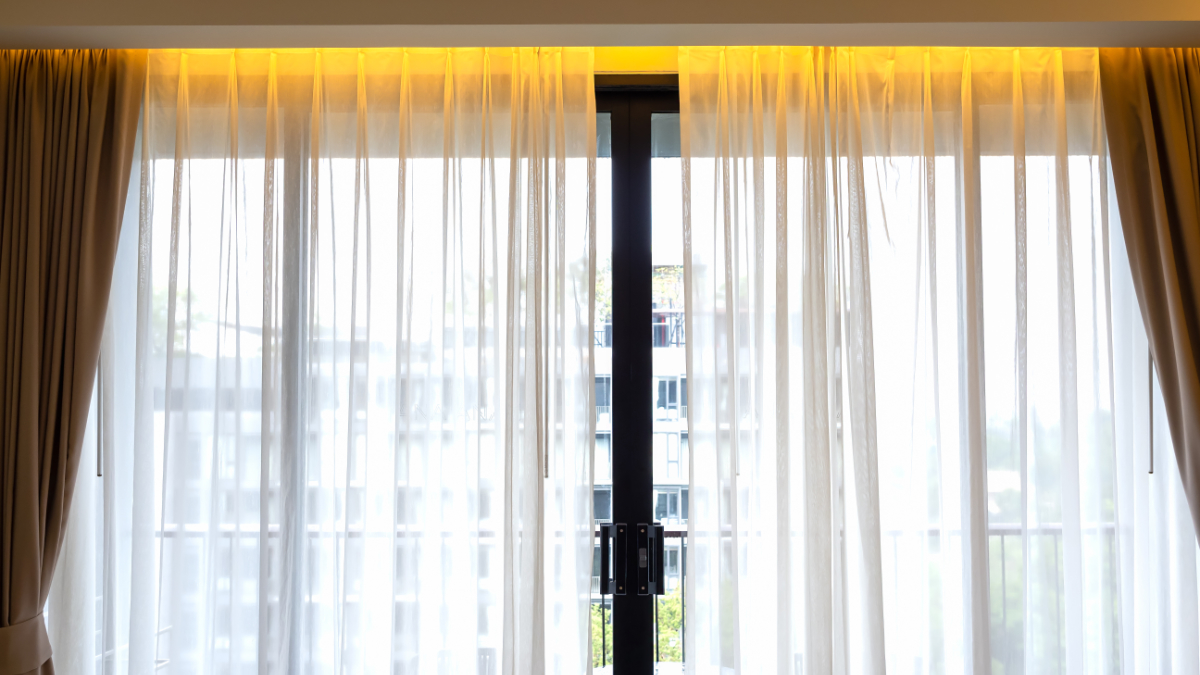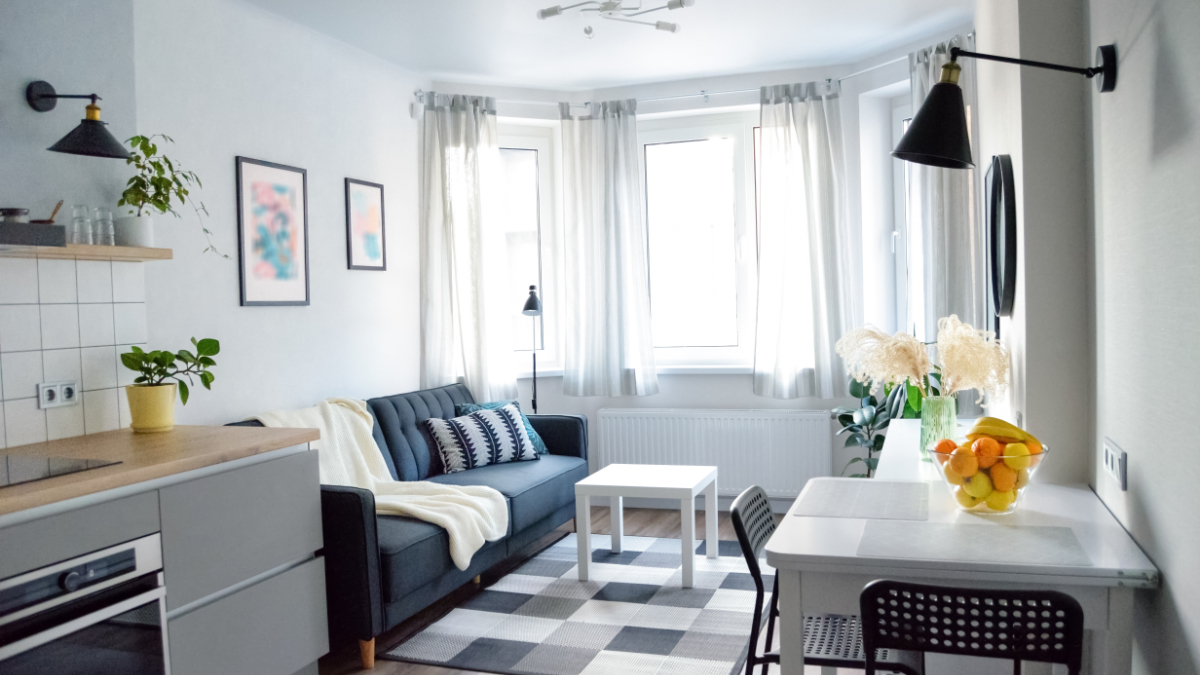Planting, composting, and mulching may seem like a lot of hard work, but the time and money they save you in the long term can be well worth the investment. With resources at your fingertips (and often already in your backyard) there’s no reason to not build or maintain your garden in a more sustainable way. Especially with the warmer summers and harsh weather patterns in LA, there’s every reason to work to cut down your water or gas bills by going greener in your garden! To help you get started, we’ve found a few ways to help you go green and protect your credit card while doing so.
- Go organic.
The fad to buy, shop, and produce organic produce isn’t doesn’t always require you to pinch pennies in order to afford overpriced produce at Whole Foods. For any amateur gardener or pandemic gardening fanatic, it’s entirely possible to grow delicious, organic fruits and vegetables in your backyard – even if you don’t have a lot of space! When growing your own produce, you can find lots of natural solutions to keep your garden clean and green while also scaring off common garden pests. Go for a natural alternative to pesticides by searching through magazines like Better Homes and Gardens or the Sustainability Magazine to get started! Alternatives like ladybugs are a cute and low-cost way to keep aphids and other insect predators at bay, and you can also create your own homemade and cost effective pesticides using peppers or garlic.
- Reduce water waste by mulching. Buying a five-pound bag of bark from Lowe’s isn’t the only way to protect your produce from the summer weather. Collecting your own grass clippings, leaves, and other backyard “waste” is one of the easiest ways to reduce your water bill and maintain essential nutrients in your soil. So before you throw away those clippings from your last grass-cutting, cover your freshly planted produce with 2-3 inches of mulch to help your plants beat the heat. You can also sometimes get old coffee grounds from local coffee shops that will be a huge nutritional benefit to your plants!
- Hug a freshly planted tree. Planting a tree in your garden, whether it’s one that will produce something delicious like oranges or avocados or just one for shade, can seem like a hassle and require an extremely long waiting periods before you can reap the benefits of a tree in your yard. However, in reality, every garden should have at least one tree. Not only does it provide shade in warmer months (so March-November), the added benefits to your soil and local environment are great. But make sure that before you go out to your local nursery and plant right away, you avoid areas with water or sewage pipes in your backyard to avoid unnecessary property damage.
- Plant natives. Wherever you live in California, maintaining our local biome and not having to over-water or maintain your garden is crucial. Finding locally native plants means you’ll likely be working with a garden that requires less water overall, which will both reduce water waste and cause you less stress (and cost you less money!) in the long term. Try shopping at your local hardware store or nursery, which will indicate which plants are best for our desert environment. Otherwise, try checking out our blog on growing indigenous plants in California to get some inspiration!
- Save your seeds.
During the winter your flowers and produce will begin to seed after blooming in warmer months. This is the best time to collect and store the seeds in a dry place for replanting in the spring or summer months. Save yourself the trip down to the store to make your garden as bright and beautiful as it was the year before and let your plants do the hard work!
- Compost, compost, compost. It may seem like a less attractive option but will make all of the difference in your soil’s health. A best practice for organic gardening and mulching, collecting flowers that you’ve deadheaded, grass clippings, leaves and other organic waste provide a great natural fertilizer. It’s also one of the easiest ways to give your soil the nutrients it needs for another growing season without involving manure in the process. If you’re already planning on throwing your green waste out, you might as well put it to good use.
The shift to sustainable living and gardening isn’t just a fad but a way of life in drought-heavy California. If we’re all using our air conditioning to make it through the heat of the summer, there are easy and cost-effective ways to reduce our carbon footprints in other ways! Whether you hopped on the gardening bandwagon over the course of the pandemic, it’s never too late to get started on living sustainably and saving a few dollars here and there.

 The fad to buy, shop, and produce organic produce isn’t doesn’t always require you to pinch pennies in order to afford overpriced produce at Whole Foods. For any amateur gardener or pandemic gardening fanatic, it’s entirely possible to grow delicious, organic fruits and vegetables in your backyard – even if you don’t have a lot of space! When growing your own produce, you can find lots of natural solutions to keep your garden clean and green while also scaring off common garden pests. Go for a natural alternative to pesticides by searching through magazines like Better Homes and Gardens or the Sustainability Magazine to get started! Alternatives like
The fad to buy, shop, and produce organic produce isn’t doesn’t always require you to pinch pennies in order to afford overpriced produce at Whole Foods. For any amateur gardener or pandemic gardening fanatic, it’s entirely possible to grow delicious, organic fruits and vegetables in your backyard – even if you don’t have a lot of space! When growing your own produce, you can find lots of natural solutions to keep your garden clean and green while also scaring off common garden pests. Go for a natural alternative to pesticides by searching through magazines like Better Homes and Gardens or the Sustainability Magazine to get started! Alternatives like 




